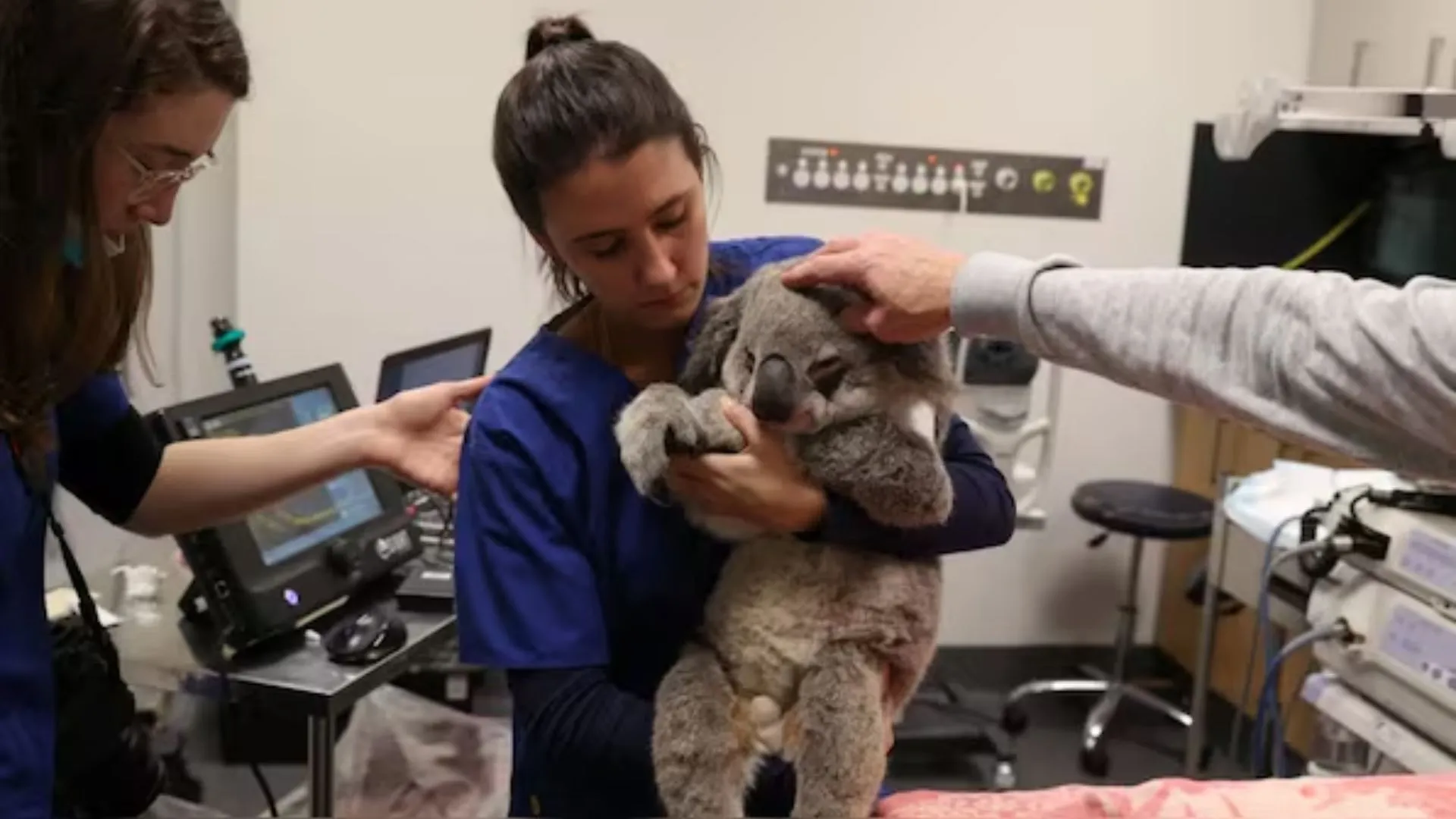The researchers take a huge stride in filling the gaps between humans and animals with AI. The NatureLM, as an AI model, was devised by the Earth Species Project for decoding animal communication. This development has the great potential to make a new future for the people in terms of observing animal behavior and rights.
AI Decodes Animal Communication
NatureLM will recognize not only which species are “speaking” but also, for instance, the age of the animal or whether it’s signaling distress or play. In addition to the above potential applications, NatureLM has been proven to be good at analyzing patterns in communication between previously unknown species. By learning a mix of human language, environmental sounds, and other sources of data, NatureLM strives to unlock mysteries within the animal kingdom, establishing closer ties between people and nature.
The generative AI, good with human languages’ translations, is even being put to work interpreting the “languages” of animals. In this regard, scientists claim that prairie dogs use a combination of nouns and adjectives to describe predators. Scientists have even come close to telling apart bird songs from alarm calls and determining specific identifiers some species use to refer to one another.
Difficulties in Deciphering Animal Idioms
Translating animal communication is not without its hurdles. Unlike human translation, where both the source and target languages are well-defined, animal languages remain largely unknown. However, AI models like NatureLM are beginning to identify patterns, giving researchers hope that this puzzle can be solved over time.
Connecting Through Nature’s Language
Katie Zacarian is the CEO for the Earth Species Project. Speaking after a demonstration at the Axios AI+ Summit about NatureLM, she said “AI provides one avenue toward profound understanding of animals and the consequent development of deeper empathy for and connection with them.” However, the persisting biodiversity crisis underscores the ongoing need to rebuild our connection with nature, with projects like NatureLM more germane than ever.
NatureLM reflects a larger trend: AI is going to play an increasingly important role in tackling environmental issues. Recently, the Microsoft corporation unveiled SPARROW, a fully solar-powered, low-power sensing, acoustically monitored system to measure biodiversity in remote areas of global importance. New technologies with their capabilities epitomize the potential of AI to mitigate climate change, habitat destruction, and other such crucial global issues.
However, the energy requirements of AI systems are also a challenge in themselves. Balancing carbon neutrality with the need to advance these projects is challenging for tech companies. Ethical concerns about how AI should be responsibly used have also been kept at the center of discussions, to ensure that humans and the environment benefit from such innovations.
Humans are increasingly realizing that it is possible to talk to animals with the help of tools such as NatureLM. This invention could usher into human history a new era of understanding and sympathy in its relationship with nature.























